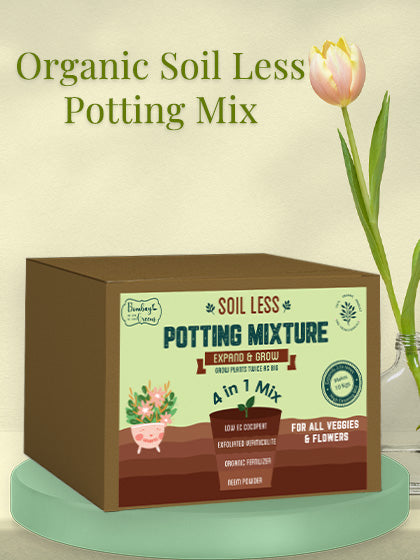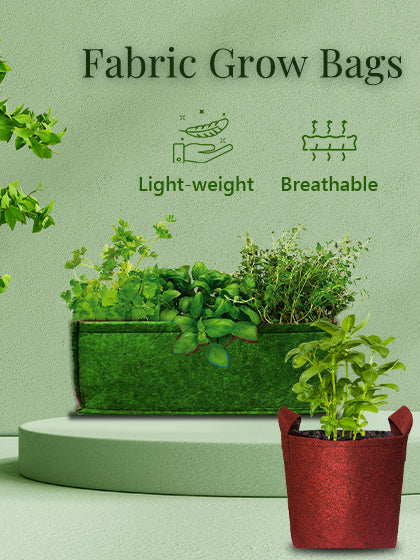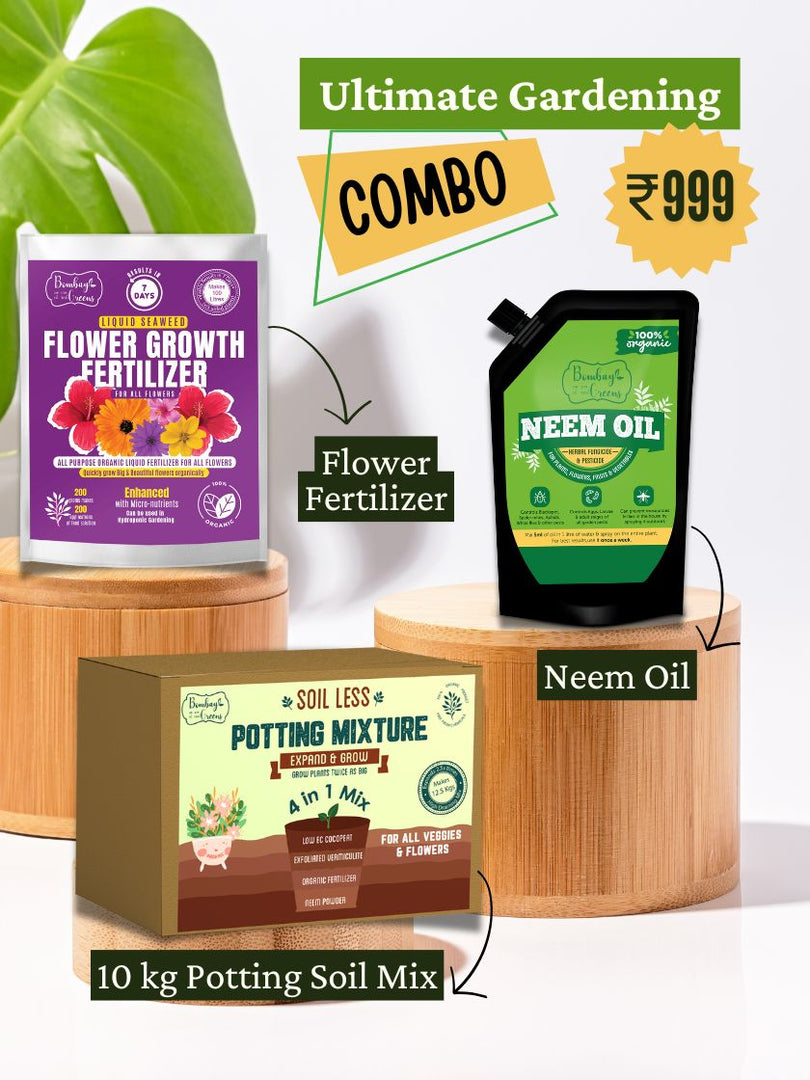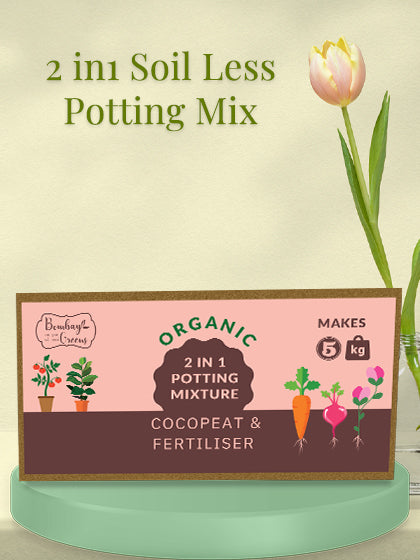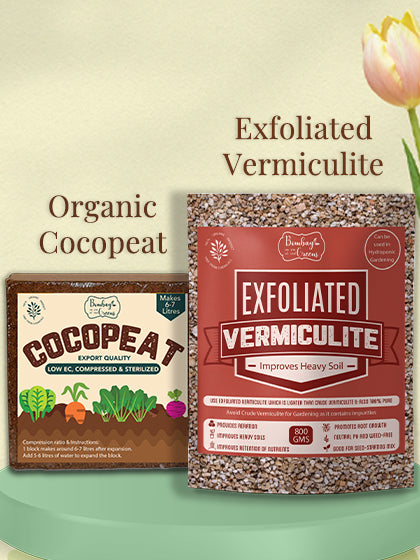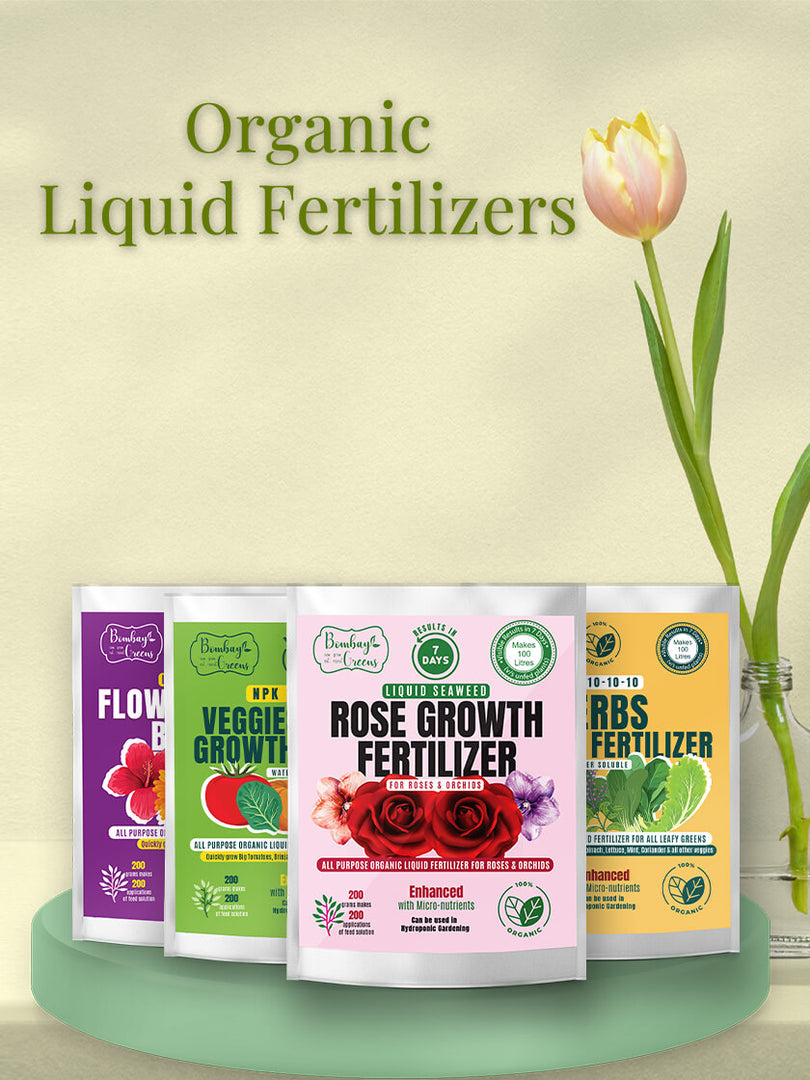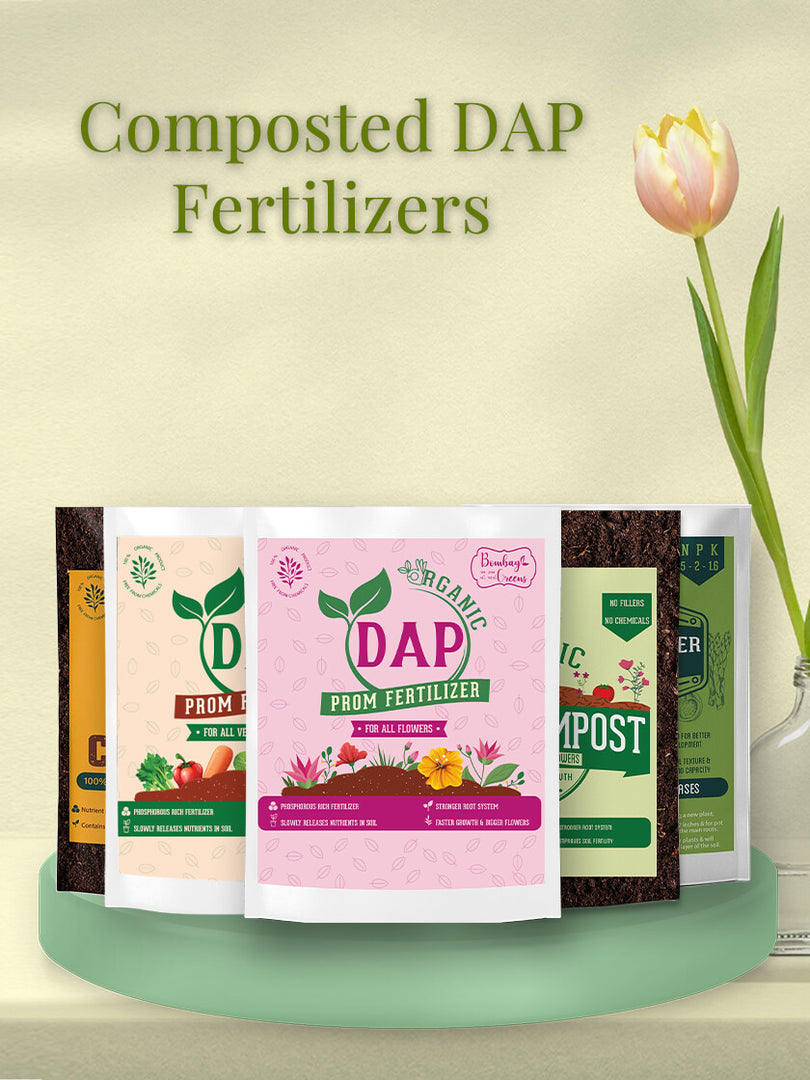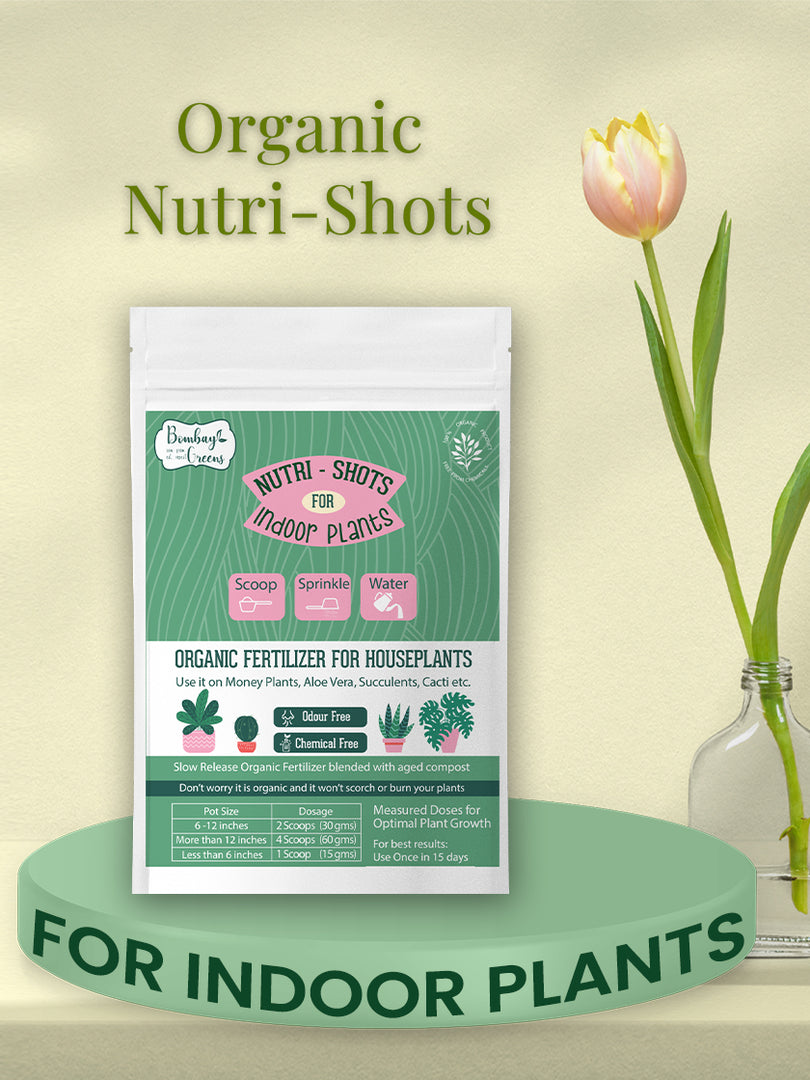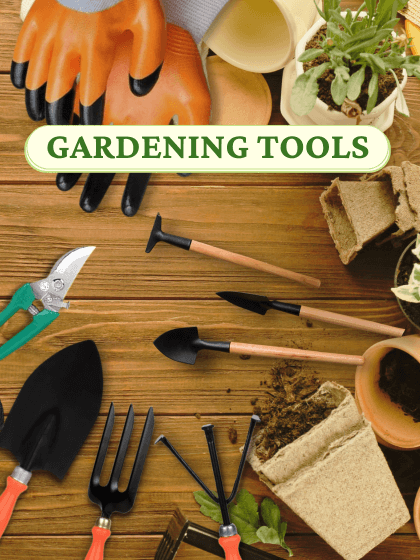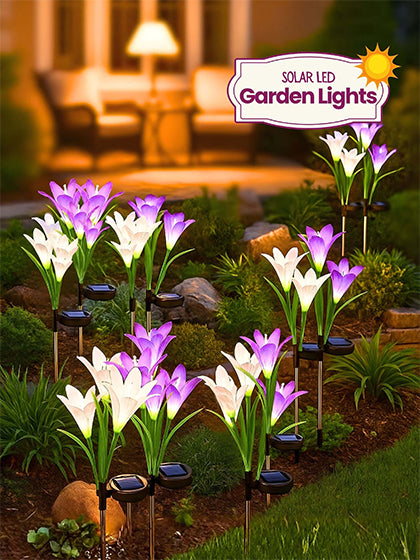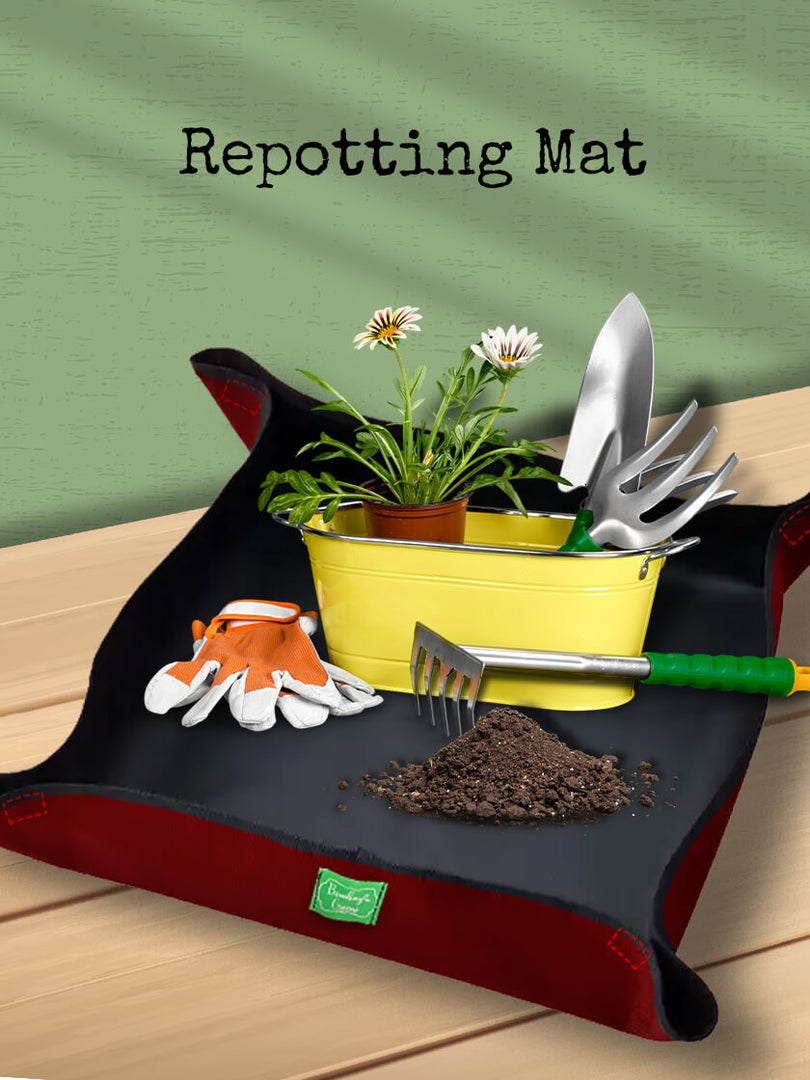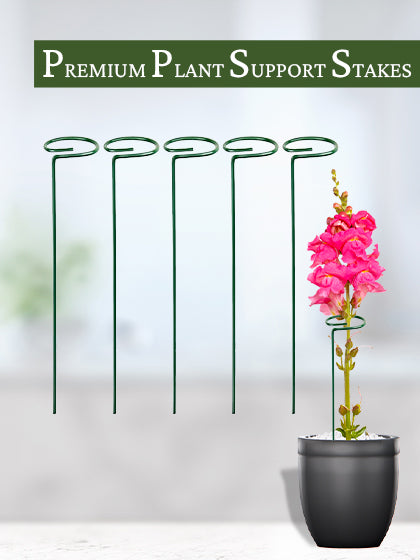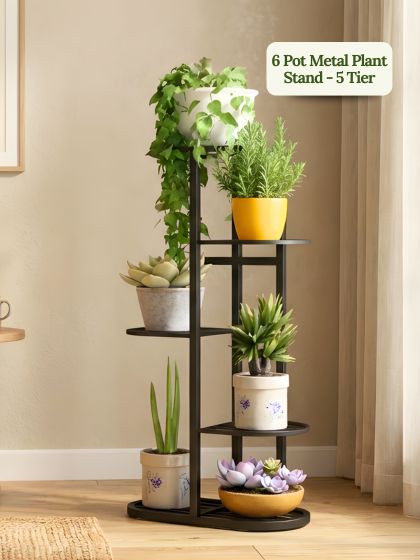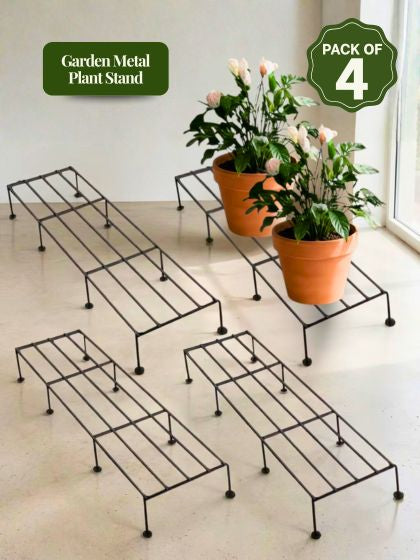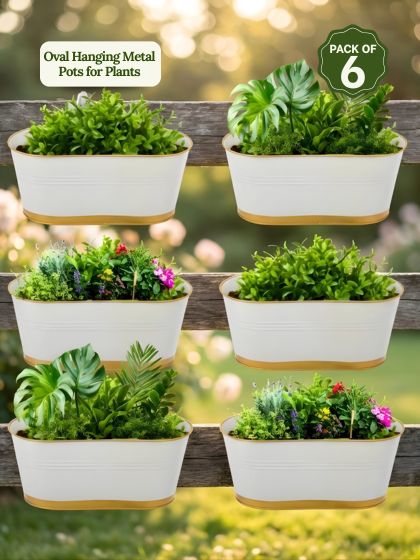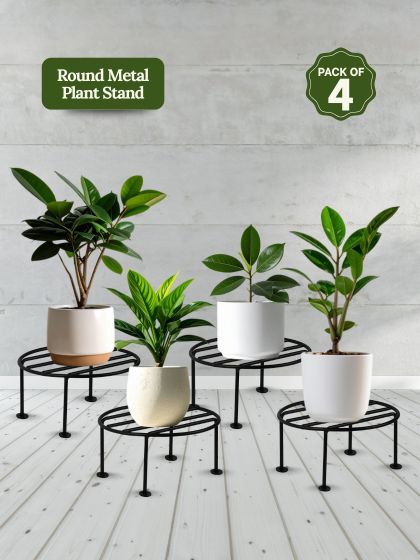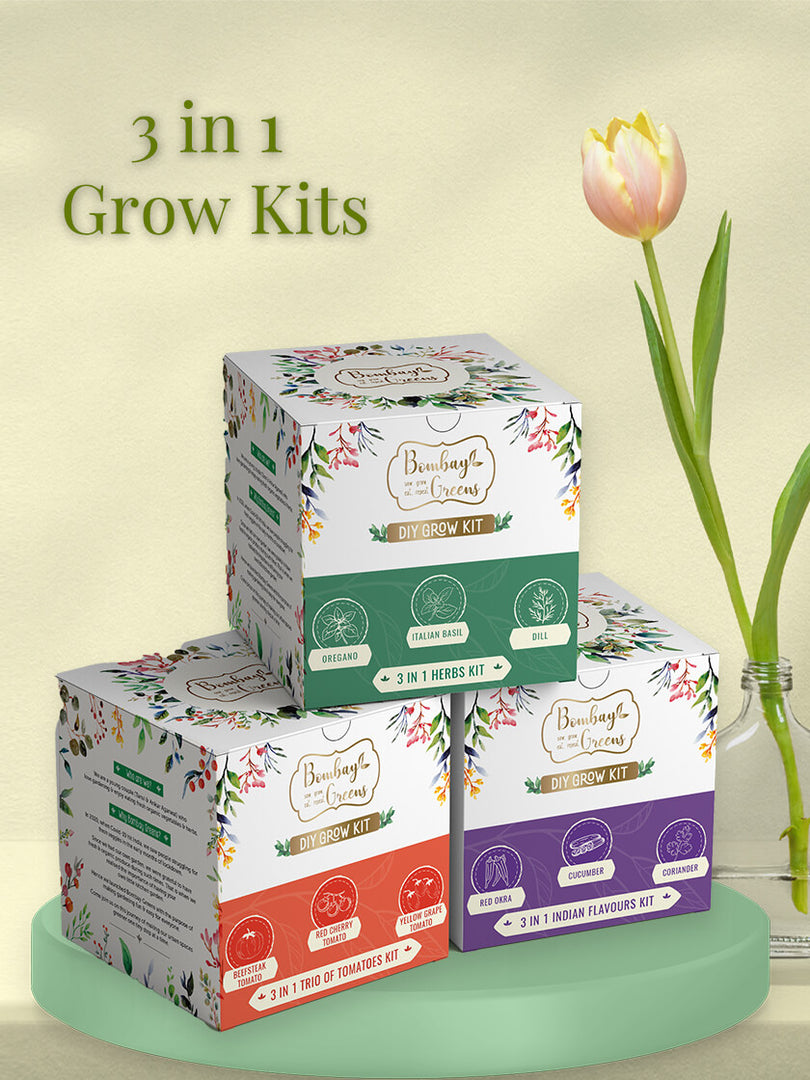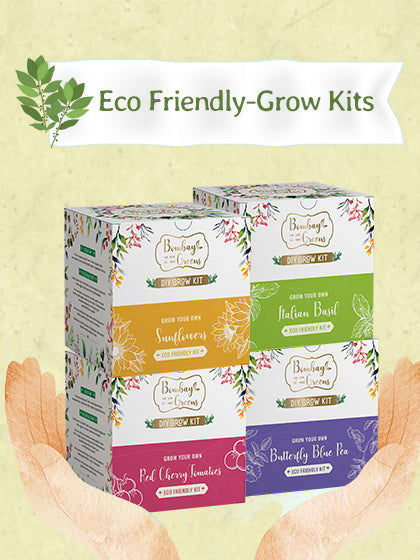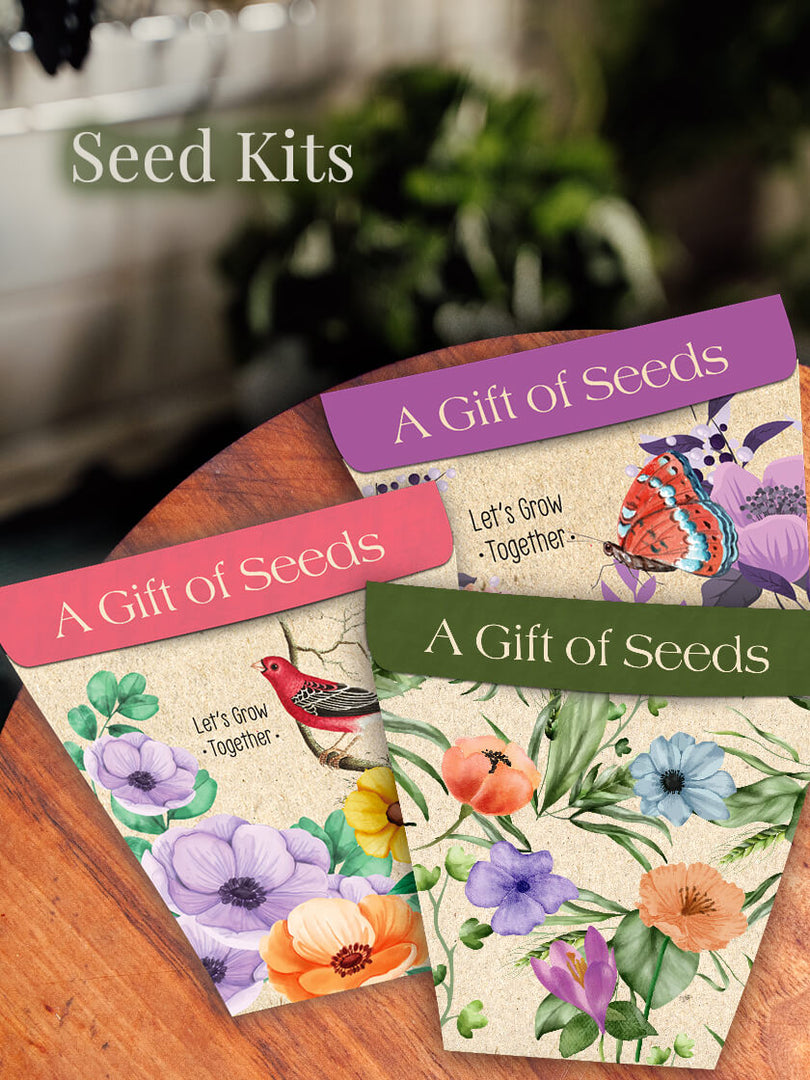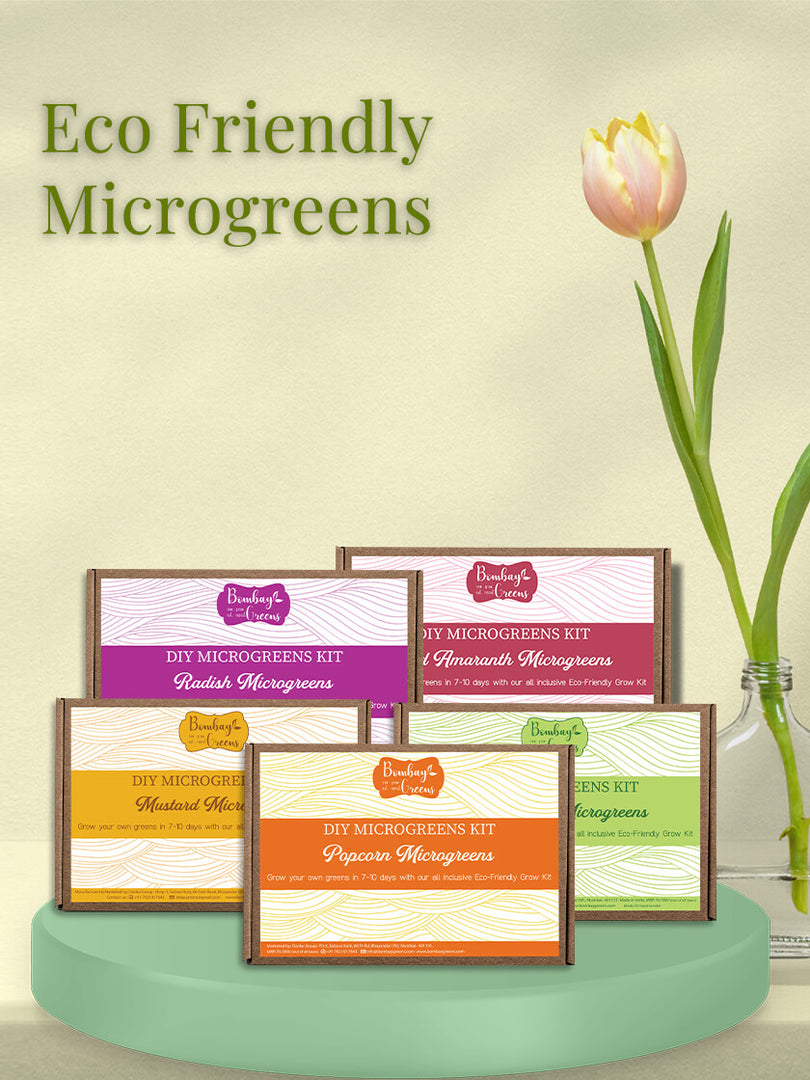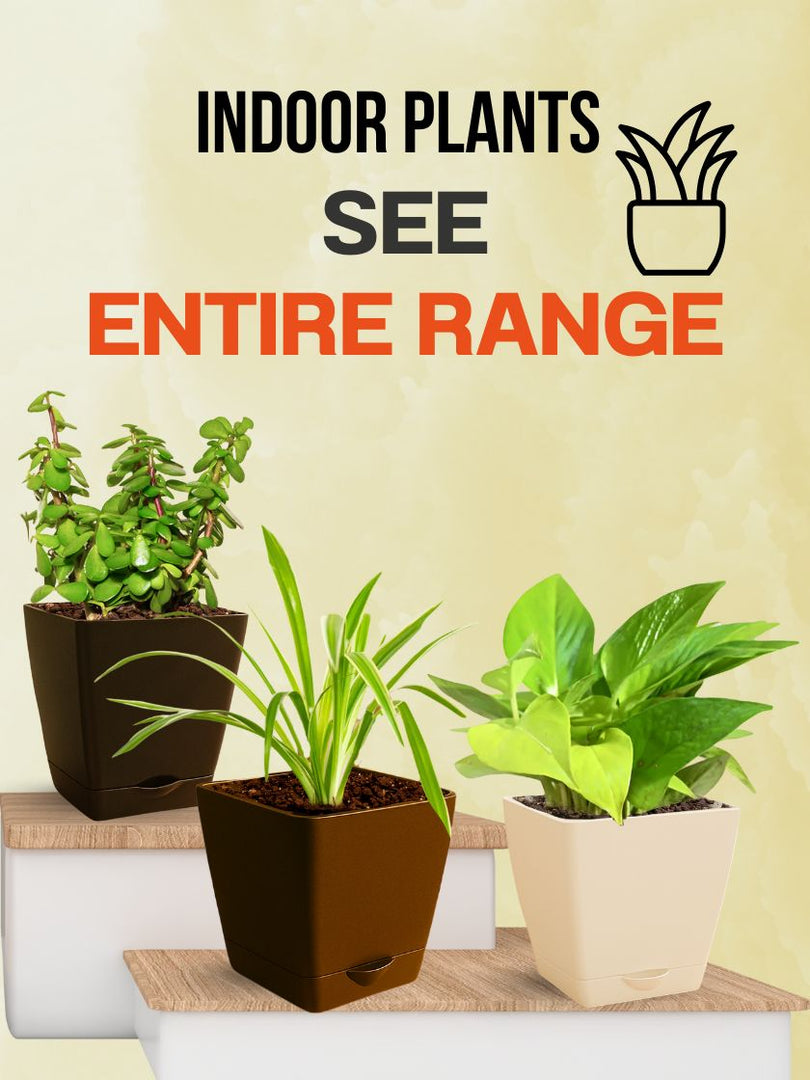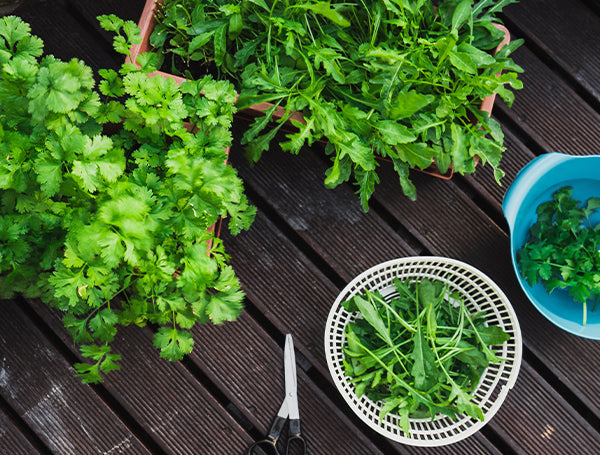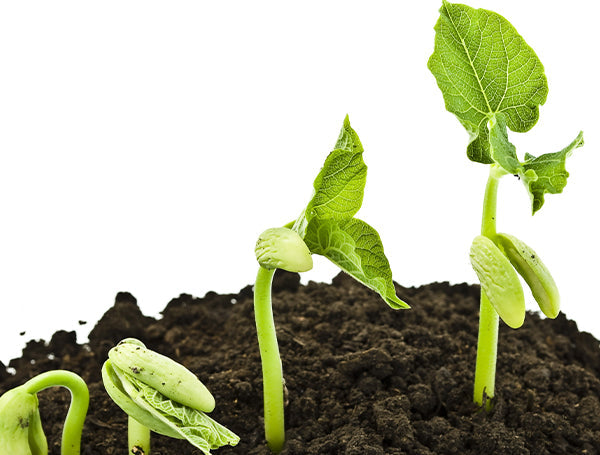From growing pesticide-free vegetables to developing a new hobby, having your kitchen garden has quite a lot of benefits to modern society. While most people shy away from gardening thinking that it needs a lot of space in the house and thus take a step backward from kitchen gardening. The only requirements are a lot of patience, perseverance, and determination. Here's an easy step-by-guide to creating your kitchen garden.


What is kitchen gardening?
For curious hearts, kitchen gardening isn't the same as regular gardening. This is because a kitchen garden is usually smaller and aesthetically more pleasing and can be managed exceptionally well under proper guidance. Besides, the production is meant for our fresh consumption. Conducive to growing vegetables, herbs, and fruits, kitchen gardens are more practical and more accessible to all age groups who are attached to nature. Kitchen farming promotes better health in urban areas. It is pleasure to harvest vegetables on windows, balconies, and vertical walls; any such space can be used for a vertical garden.

Benefits of Kitchen Gardening: There are many benefits of growing plants, so think about garden that Is full of plants, it will give you a lot with some expectations of maintaining it. Below are some of it benefits shown.
- You get to eat more homegrown seasonal vegetables and herbs that are free from harmful pesticides that damage our plants.
- There's better control over what goes in your meal when you are growing it yourself, making it a healthier option for you and your family members.
- Kitchen gardening is a very healthy way to involve the whole family in physical activity which makes our bond stronger.
- Your kitchen garden goes a long way in healing the environment around you which is an essentiality of today's life.

Importance of Kitchen Gardening:
The importance is that you also reduce the waste that goes into landfills compiling from kitchen waste at home and helping the environment.
How to start your Kitchen garden:
To create an amazing kitchen garden you need to follow the steps shown below:
- Create an appropriate space: While an open terrace is a good option when it comes to deciding on a suitable space for growing your veggies at home, any place with abundant sunlight like a windowsill or south-facing window can also be apt. The idea is to choose a spot that is cool and shady but also gets direct sunlight for four to five hours a day. Try covering the plants to prevent them from scorching heat as it can damage the growth of your plants.
- buckets, and bathtubs as containers to grow your veggies.

They aren't only cost-effective but promote recycling and reusing your old items thus protecting our environment and enabling us to opt for eco-friendly options. A medium-sized bathtub is ideal for growing plants like cabbages, cauliflowers, radish, and onions. If you are going to use pots (earthen or plastic) to grow your produce, veggies, or herbs you got to take care of the following two points:
- Proper space to help the plants grow.
- Pots should have holes to help in proper drainage to prevent water logging.
3. Soil Usage: Soil forms the foundation of your kitchen garden which is the basic step towards any gardening whether kitchen or regular. Getting the right mix of soil is an important step as the nutrients in the soil determine how healthy and fit the plants would grow. Get some regular soil from a nursery or from gardens, and add compost coco peat, and natural manure to it. Also, add
vegetable peels and other wastes to the soil to create your compost. In case you are using pots, add in a few pebbles or crushed thermocol pieces to prevent water clogging. Once you plant the seeds or vegetables, sprinkle some water to moisten the soil to promote its growth. Good organic fertilizers makes your gardening perfect and flourishing will makes you feel happy and secure of what you intaking. Many of them still use chemical fertilizers for promoting plant growth which many times damages your crops, instead, you can try our range of Organic Liquid Fertilizers to benefit kitchen gardening.
4. Get your seed and saplings:

Once you have chosen your spot, prepared your containers with potting mix and now you are ready to start growing. The best source of seeds and saplings can be your friendly neighborhood gardening enthusiasts or nature lovers. Always go for open pollinated seeds, and not hybrids.
5. Watering your plants: While regular watering is a key factor in growing plants, excess water can cause damage and also wash away nutrients from the soil. To make sure your plants get the optimum amount of water, check the moisture of the soil by pressing it with your fingers, and then water the plant as per the needed requirement. Remember to add manure to the soil after heavy rainfall as excess rains can wash away nutrients from the soil which will further degrade your plant growth. Nutri-Shorts are best for providing your plants maximum growth.

Various vegetables and herbs that you can grow in your kitchen garden:
It is best to start with easily grown herbs and vegetables such as basil, mint, parsley, lettuce, spinach, tomato, pepper, eggplants, beans, radish, etc.
If you are willing to create your kitchen garden and are confused you can try our various 3-in-1 DIY gardening kits which will help you find your required seedling to create your kitchen garden. It contains 3 types of seeds as per what you select, 3 Grow pots, 4 Coco discs compressed 1 pack of Organic Fertilizer, 3 Plant markers, and Grow guide. For eco-friendly options, you can try our Eco-Friendly Grow Kits to grow fresh tomatoes and basils. It contains a Tinpot, a glass vial of seeds, 2 coco coir discs, plant food and grow manual.
Maintenance of kitchen garden:
Check your plants regularly to prevent them from pesticide and fungal attacks. In case there are bugs on the plant, spraying Neem water can help. You can also try Neem Oil for flourishing the plants and maintaining them well.

Tanvi Agarwal - Co-founder
Driven by a deep-seated love for nature and a keen entrepreneurial spirit, she co-founded Bombay Greens, transforming urban spaces into thriving green havens. Recognizing the need for accessible and sustainable gardening solutions in the bustling city, she poured her passion into building a brand that empowers individuals to cultivate their own green spaces, regardless of their location or experience. Her vision extends beyond simply selling gardening items; it's about fostering a community connected to nature, one balcony, rooftop, and windowsill at a time.

